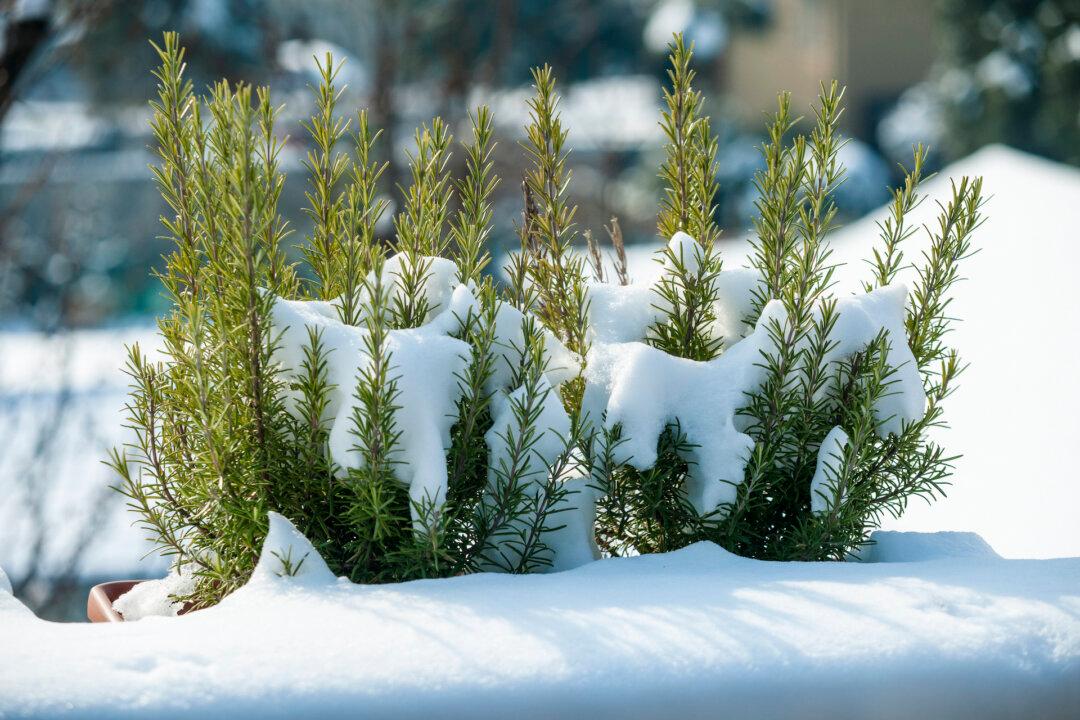Novice gardeners will be pleased to note that some of the most popular seasonings are some of the easiest plants to grow.
They fall into three categories: annuals that grow for one season, conveniently setting seeds for the next crop as the current plants begin to fade out; biennials that grow for two seasons, setting seeds in the second year; and perennials that can live for years but may die back in winter when planted in the ground in cold climates.





